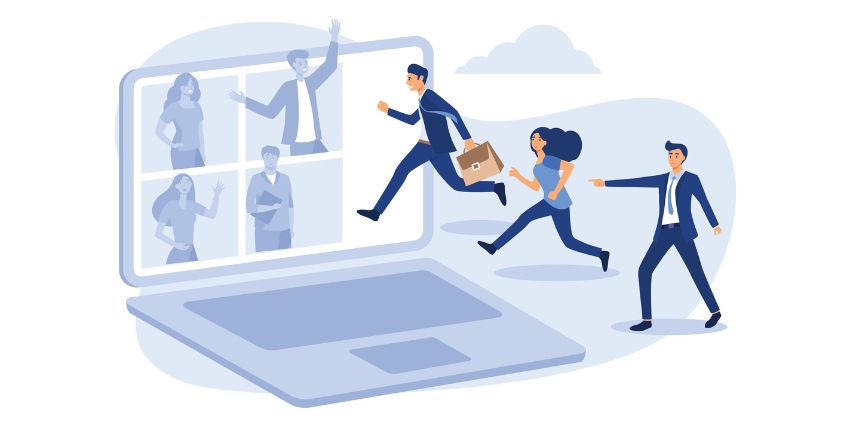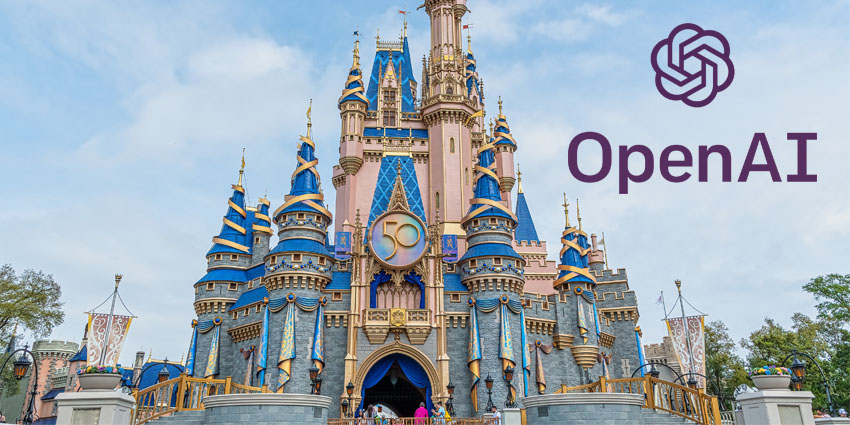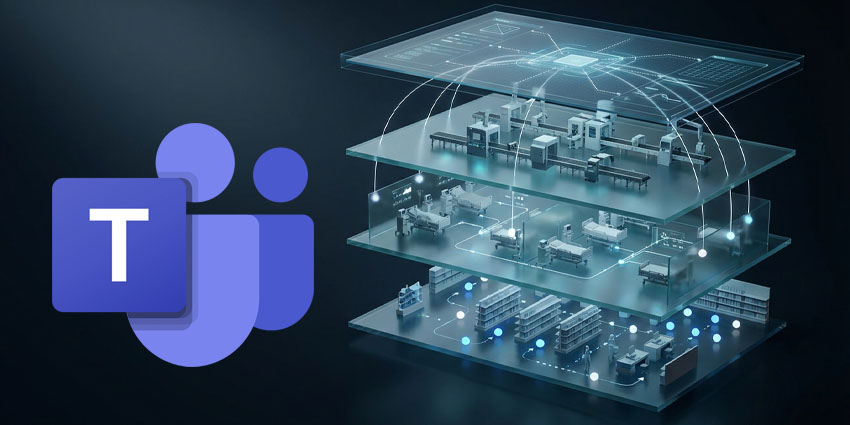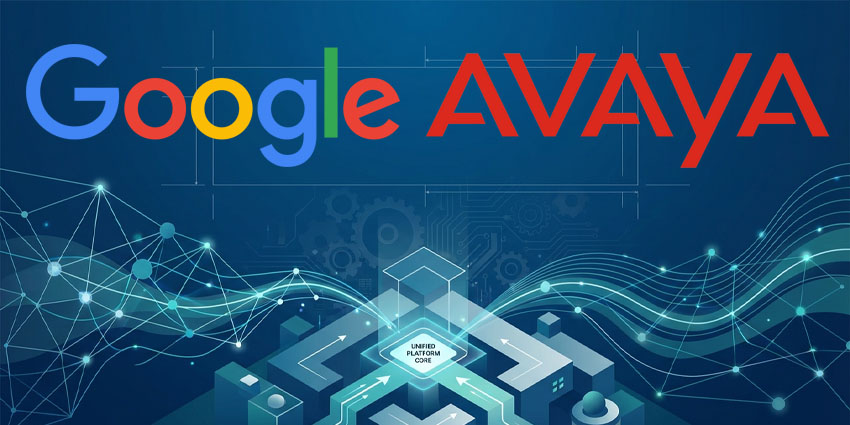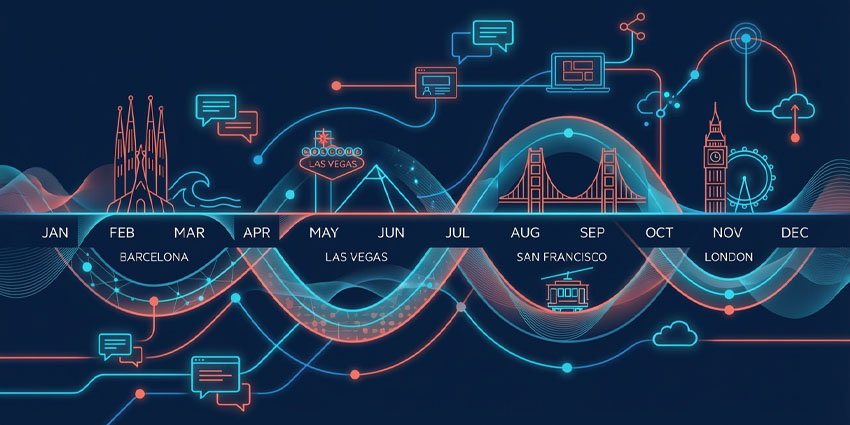Originally introduced in 2022, Microsoft Places promised companies a way to enhance collaboration and resource management in the age of hybrid work. The tech giant promoted “Places” as a tool for companies looking to solve the challenges of flexible work.
The Microsoft Places app allows companies to plan when and where various work sessions happen, schedule in-person events, and more.
Since the original launch of this solution, return-to-office mandates have increased, and many companies have begun urging team members back into the physical workplace. However, team members are still demanding flexibility. Microsoft even found that 48% of all employees want to ask their managers for a more flexible work schedule in the next year.
As a result, Microsoft has updated the “Places” application for the evolving workplace, introducing new features and AI-powered capabilities for the modern office.
Here’s how you can use Microsoft Places to transform hybrid work in 2024.
What is the Microsoft Places App?
Microsoft Places, announced at Microsoft Ignite 2022, is a “Connected Workplace platform”, built to help companies modernize the workplace, coordinate teams, and optimize resource allocation.
According to Microsoft, maintaining and nurturing a collaborative company culture takes a lot of work. If companies don’t constantly invest in unifying their workforce, they risk team members feeling isolated and disconnected. To make matters worse, an ineffective strategy for hybrid workplace management can lead to increased operational costs and lost productivity.
Microsoft Places aims to eliminate these problems, by giving companies access to features they can use to coordinate the workplace. Places connects with many of the tools companies already use for collaboration, such as Outlook and Microsoft Teams.
It also now leverages the latest innovations from Microsoft’s ecosystem, such as Microsoft Copilot. The core features of Microsoft Places (for users with the right Microsoft 365 plan), include:
- Location planning: Tools that enable employees to share where they’ll be working (such as in a specific office or focus space), and who they’ll be working alongside.
- In-person meetings: Solutions to invite colleagues to in-person conversations with “hybrid RVSP” options for both remote and in-office workers.
- Team guidance: Integrated intelligent tools that offer employees guidance on the best work patterns for their needs, based on business expectations and pre-set rules.
- Space booking: Tools for reserving rooms, desks, and work areas. You can also use Copilot to help manage your bookings.
- Presence: With Microsoft Places, you can add your location to your presence signal, and use “Peek cards” to see who is coming into the office on specific days.
How to Get Started with Microsoft Places
To use Microsoft Places today, you’ll need a Microsoft Teams Premium plan. This is the add-on plan you’ll access alongside your Microsoft Teams standard license. If you want to access all of the Copilot features being introduced for teams you may also need a Microsoft 365 Copilot add-on.
Before you can start onboarding users onto the Microsoft Places app, you’ll also need:
- An Exchange Administrator role, to manage Exchange configurations
- Access to the latest version of PowerShell
Currently, if you have the right Microsoft 365 plan, you should be able to download the Places app, and access features like Hybrid RSVP, Expanded Presence, Location Plans and Peek Cards.
If you want to access additional features (like Places Finder, Intelligent Booking, and advanced analytics features), you’ll need to “opt in”. This means filling out the “Places Preview Additional Features Opt-in Form here.” Microsoft notes that the features available while Places is still in preview may change, experience temporary downtime, or be removed from the final product.
Deploying Microsoft Places
Once you have the right licenses, and you’ve filled out the “opt-in” form, you can start deploying Places to various users in your organization. To do this, you’ll need to:
- Install the Places module: Installing the Places module for your tenant requires you to run the following command in the latest version of PowerShell: Install-Module -Name MicrosoftPlaces -AllowPrerelease -Force.
- Enable Microsoft Places: Once the module is installed, you’ll need to enable building, apps, and location-sharing controls for your team members. Connect to the Places services in a new PowerShell session, and enter the commands shared by Microsoft to enable the app for a specific group in your tenant.
- Activate other clients: After Microsoft Places is enabled, you can activate Places in additional clients, such as Microsoft Teams and Outlook.
How to Use Microsoft Places for Productive Hybrid Work
On a broad level, Microsoft Places is a connected calendar, meeting solution, and workplace booking app, created to coordinate hybrid teams. It basically consolidates all of the information supervisors need to manage their teams and the information employees need to decide “where” they should work.
Here are some of the best ways to use Microsoft Places to strengthen hybrid work.
1. Empower Employees to Schedule In-Office Time with Colleagues
Scheduling time to collaborate with colleagues in person can be complex in the current age of hybrid work. Employees who visit the office don’t want to be greeted by a sea of empty desks, and they also don’t want to have to fight for access to the right spaces and resources.
Microsoft Places allows teams to make better decisions about how they use the workspace based on the colleagues they need to interact with. With the Places “location plan”, you can set and share a proposed location schedule with team members and review their plans at the same time.
You can also update your location in the Outlook calendar and use the “peek card”, which shows the closest collaborators planning on visiting the office. The peek card even includes a link that allows you to see all of your coworker’s schedules at a glance. Plus, you’ll be able to book Microsoft Teams Rooms and other spaces with a couple of clicks.
In addition, employees can use “Team Guidance” in Microsoft Places to see which days their managers are expecting them to come into the office.
2. Leverage Copilot AI for Intelligent Decision Making
Microsoft Copilot is being integrated into virtually every app in the Microsoft portfolio, including Places. During the 2024 Microsoft Build conference, tech leaders announced that Places data will now be able to integrate into Microsoft Copilot to simplify coordination.
With Copilot, employees will be able to ask their AI bot which desks, rooms, or resources they should reserve and when. The system will use all of the data it has about employee calendars and meeting schedules to make intelligent suggestions. It can even highlight which days are best for attending the office based on a manager’s attendance goals, in-person meetings, and events taking place.
Users can then ask Copilot to adjust their Outlook schedule based on this information, changing their work location and rescheduling in-person meetings when necessary.
3. Optimize Booking with Microsoft Places
After employees decide when to visit the office, they can book the resources they need directly from the Places app. Microsoft’s solution offers a handy end-to-end booking solution to simplify this process. Starting in Outlook, users can leverage the “Places Finder” to search for available rooms and devices and access suggestions to help guide booking decisions.
The Places finder shows employees images of the room, desk, or office map so they can identify exactly where they’ll be in the office. Plus, with Microsoft Teams, users can leverage bookable desk capabilities that allow them to reserve a spot automatically. All they need to do is walk up to a shared desk and connect their device.
In Microsoft’s calendar, Places also gives users handy reminders to let them know if no desks or rooms have been booked for a specific day. Microsoft says these booking capabilities will evolve later this year, with Copilot-managed booking suggestions enhanced by AI.
4. Improve In Office Collaboration
While there are plenty of benefits to enabling remote work in the modern office, there are unique advantages employees can only access within the office. One major advantage of visiting a physical office space is the ability to have impromptu conversations with coworkers.
Now, Microsoft is introducing new features to Places that will help facilitate these everyday conversations. The “Expanded Presence” feature in Microsoft Places appears across a range of Microsoft 365 apps, providing instant insights into which colleagues are nearby.
In Teams group chats, coworkers can actively see their coworkers’ locations or use the @Nearby shortcut to find people they might be able to connect with. Plus, Microsoft notes that any location data collected by Places remains secure and protected. There are even opt-in and opt-out controls for expanded presence at both the admin and user levels.
5. Plan for Better Workplace Utilization with Places
It’s no secret that companies have been struggling with “redesigning” the office for the hybrid work age. Business leaders need to find the right balance to both encourage staff members back into the office, and keep operational costs low.
Microsoft Places can help businesses use AI and analytics to plan for better workplace and amenity utilization. The Places app includes access to intent and actual occupancy patterns, showing administrators exactly how much space they need to keep available each day.
Administrators can use the data they gather to create policies that automatically release unused desks and rooms to the rest of the team. They can also use “Microsoft Teams Rooms Pro Management” to track exactly how employees are using meeting room resources.
With Copilot in Microsoft Places, business leaders will also be able to use additional intelligence to make strategic decisions. Copilot can offer suggestions on how to consolidate floors on days with lower occupancy, reduce the use of various services to reduce waste, and recycle meeting rooms into huddle rooms to support different ways of working.
Transforming Work with Microsoft Places
Even as companies strive to make office-only work more commonplace in the modern world, demand for flexibility continues to grow. Enabling hybrid work can help companies save money, improve employee productivity and engagement, and attract new talent.
However, coordinating and managing a hybrid team isn’t easy. Microsoft Places gives businesses and their teams the tools they need to make the most out of their available office resources. From improving how teams collaborate in-person, to helping staff make better decisions about when to attend the office, this app paves the way for productive hybrid work.
